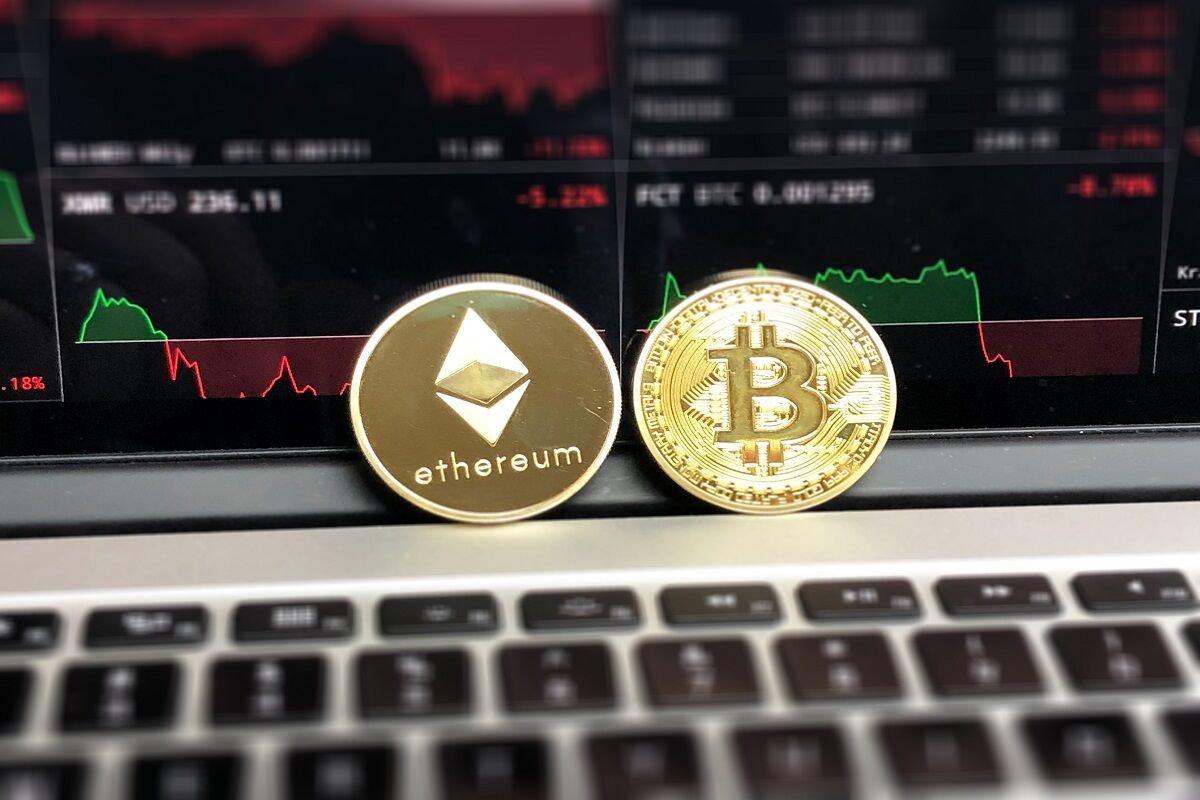Ethereum is one of the most popular cryptocurrencies in the world. Today after Bitcoin, it is the second-largest cryptocurrency in terms of market capitalization. The history of Ethereum dates back to 2013 and was finally launched in 2015. Although many crypto enthusiasts perceive it as an alternative to Bitcoin, there are fundamental differences between the two because Bitcoin is older and has a different purpose. Ethereum originally was created to go beyond the monetary use of Bitcoin, though both can be sold, traded and purchased in an exchange platform. Within a short span of 10-11 years, the cryptocurrency has made remarkable achievements. Therefore, it is in the best interests of crypto users to know the brief history of Ethereum.
History of Ethereum on a Timeline
The history of Ethereum is more transparent than Bitcoin because the creators never hid their identities or their intentions. Therefore, the origin of Ethereum is more straightforward than that of Bitcoin.
2013-14: The Creation of Ethereum
Computer scientist Vitalik Buterin published his Ethereum Whitepaper in 2013. In this document, Buterin listed many innovations that are primarily responsible for making Ethereum slightly distinct from other cryptocurrencies. He allowed the developers of Ethereum to use tools of blockchain such as smart contracts. Dr. Gavin Wood was responsible for creating the coding language of Ethereum’s solidity. Charles Hoskinson played an important role in the development of this cryptocurrency.
2015: Ethereum Blockchain Was Launched
Ethereum went live in July 2015. The codename of the project was “Frontier”. The iteration of Ethereum used the same “proof-of-work” (PoW) consensus mechanism on the networks of Bitcoin. As per this system, the computers had to solve complicated algorithmic problems to post new transactions. During that time, whichever computer resolved this puzzle, received crypto rewards as ETH.
2017 to 2021: Major upgrades
Ethereum upgraded its blockchain significantly after accepting the new governance proposals. The upgrade simplified the build-up of blockchains on Ethereum. The two-layer blockchain became an integral part of the ecosystem. 2017 was also memorable because of Ethereum’s non-fungible tokens. The NFT game CryptoKitties also gained enormous popularity back then. In 2019, the Constantinople upgrade also led to a smooth transition to the PoS consensus mechanism. By the end of 2020, Ethereum introduced a new blockchain called “Beacon Chain”. Soon, it replaced the previous PoW blockchain and the event was called Merge. Before the transition began, users with 32 ETH could use it to earn staking rewards.
2022: Ethereum 2.0
The Ethereum team reached another milestone in 2022. After years of experimentation, the team merged the PoW blockchain into the Beacon chain in 2022. On 15th September, Ethereum successfully transitioned to a PoS blockchain. The most immediate effect of the “Merge” was a reduction in Ethereum’s carbon footprint. The merger also fundamentally changed Ethereum’s daily issuance.
Also Read- Common Suggestions While Investing In Cryptocurrencies
Wrapping Up
Ethereum has achieved significant milestones since its formation in 2013. It continues to be the second largest cryptocurrency after Bitcoin. Ethereum’s network undergoes continuous upgrades in its history. Some of the notable changes in its history include the “Beacon Chain” upgrade in 2022. Over the last few years, we have enhanced the infrastructure, making it an attractive investment option for many. Overall, innovation and steady adaptation remain the forte of Ethereum and this will further enhance its popularity in the future.





